11 things people do in Finland the happiest country in the world — that Americans might find strange
Mykenna Maniece

- In 2023, the World Happiness Report named Finland the happiest country in the world.
- Finns are known for their love of nature, saunas, and coffee.
Finland has been named the happiest country in the world by the World Happiness Report for the past six years.
With its harsh winters and limited sunlight, it's only natural for the rest of the globe to wonder just what brings the Nordic country such persistent joy.
From free education to social benefits, there are a number of factors that may contribute to the nation's happiness — or contentedness, as locals would rather put it.
But whether it's satisfaction or true happiness Americans are chasing, it seems like Finland is onto something. Here are 11 things people do in Finland that Americans might find surprising — and some could provide valuable insight into unlocking a more comfortable life.
Some parents leave their babies outside to nap while they shop or enjoy a meal.
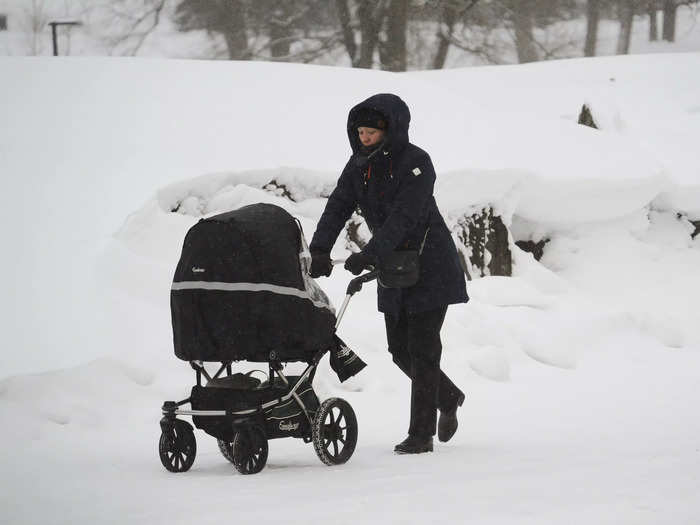
It's common for parents in Nordic countries like Finland to let their babies sleep outside.
While this may seem outrageous to parents in America for various safety reasons, Finnish society is typically far more trusting, locals told Business Insider in 2023. Additionally, parents can take precautions like using weather-appropriate clothing, designated outdoor napping areas, and video monitors to ensure their child is safe.
Many Finnish parents believe this sleeping method is preferable to bringing their babies inside, where they're more likely to be disturbed. Additionally, Katie Palmer, a sleep consultant in the UK, previously told BI that babies may sleep better and longer and be exposed to fewer germs.
The shared sense of safety in Finland also impacts children's activities as they grow, too. Some kids as young as 7 will walk to playgrounds and travel to and from school independently.
The Finnish government provides all expectant mothers and adoptive parents with the option to receive a baby box.
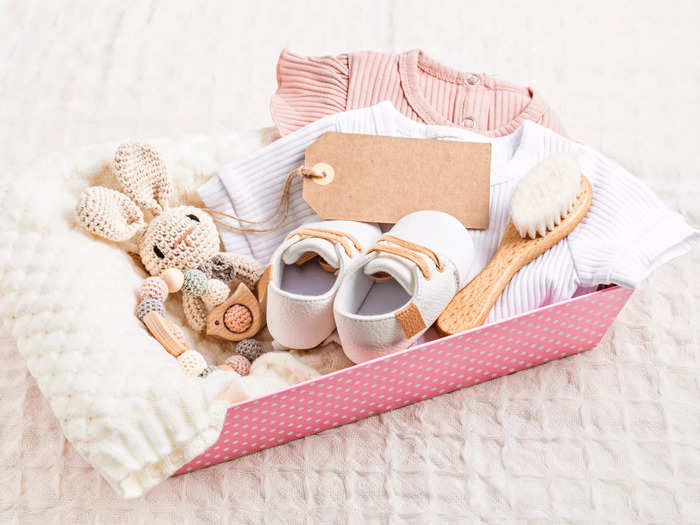
Baby boxes, also known as maternity boxes, are a long-standing initiative in Finland designed to give all children an equal start in life by providing essentials for an infant's first months.
In April 2023, YouTuber Ihana Pon posted a video detailing the contents of her Finnish baby box. Included were items like a snowsuit, onesies, bedding, toiletries, and a book.
She said every mother can apply for either the box or a cash supplement after 150 days of pregnancy.
Working Finnish parents are also entitled to parental leave and continued pay after their child is born, with mothers receiving 17.5 weeks off at 74.6% of their pay, according to a December 2022 report by the Organization of Economic Cooperation and Development (OECD). This equates to about 13 weeks of fully paid time off.
The US, on the other hand, has no federally mandated minimum paid maternity leave.
They go to college for free.
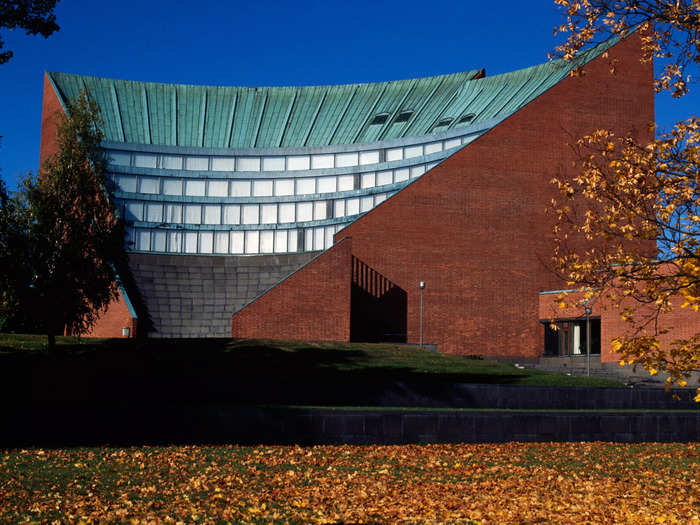
Finland provides all residents with free education through the Ph.D. level.
BI reported that in 2021, Finland spent 24% of its gross domestic product on social protection, and in 2023, the OECD reported an 85% satisfaction rate with the country's education system. Americans, in contrast, reported a 64% satisfaction rate with education.
Despite the differences in satisfaction, the OECD reported that more Americans aged 25-64 completed tertiary education than Finns in 2022.
Many Finnish families will vacation in summer cottages without running water or electricity.
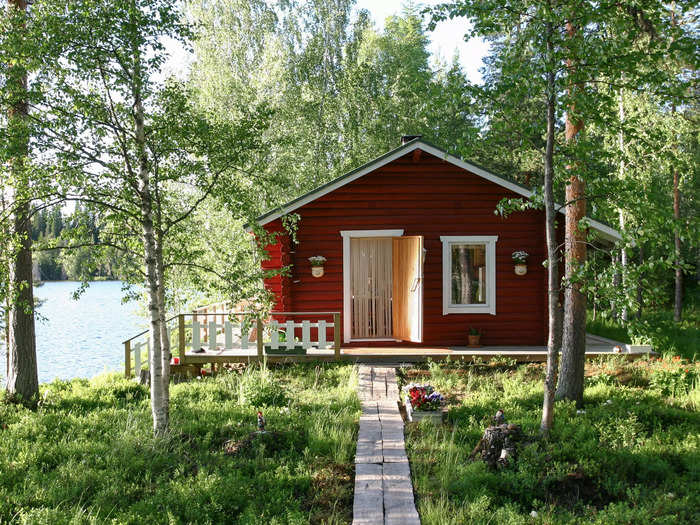
In a country as northern as Finland, summer is sacred — it's so important that following Midsummer Day in late June, "virtually the entire country 'shuts down'" for over a month, This is Finland wrote in "A Guide to Finnish Customs and Manners," produced by the Ministry of Foreign Affairs, Department for Communications.
Such a shutdown is made possible by the country's commitment to a work-life balance. By many US employers' standards, Finns get a lot of paid time off: five weeks — typically four weeks in the summer and one in the winter — and 13 national holidays, according to data shared by Vacation Tracker.
Many families use this time to vacation in rural summer cottages, known as mökki. These often don't have running water or electricity. The lack of distractions provides both a physical and mental escape from the pressures of daily life, Culture Trip reported.
Finns drink more coffee than anyone else in the world.
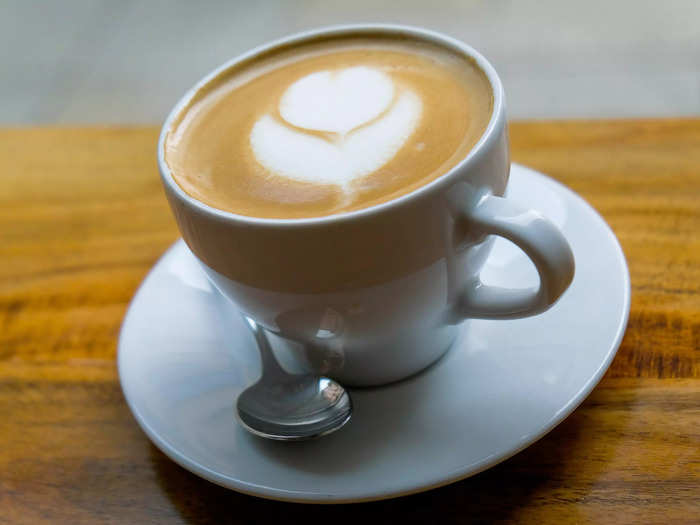
Finland consumes more coffee than any other country — 26.45 pounds per person annually — Business Insider reported in 2020, citing 2017 data from the International Coffee Organization.
That translates to roughly five to eight cups of coffee a day, compared to the average American's three cups, according to a 2020 report from National Coffee Data Trends.
The beverage is such a large part of Finnish culture that the language has adapted to contain words specifying different coffee-drinking situations. For example, there's "saunakahvi," which is sauna coffee; "mitalikahvit," coffee after winning a sporting medal; and "vaalikahvit," coffee after voting in an election.
The country even has a labor agreement that mandates two 15-minute coffee breaks per day, which is hard to imagine coming from the US, where there isn't even a federal mandate for lunch breaks.
While we can't pinpoint exactly why Finland has such an affinity for coffee, BI reported in 2020 that people may use caffeine to help power through the long winter days with minimal sunlight.
In Finland, it's normal to use a public sauna completely naked.
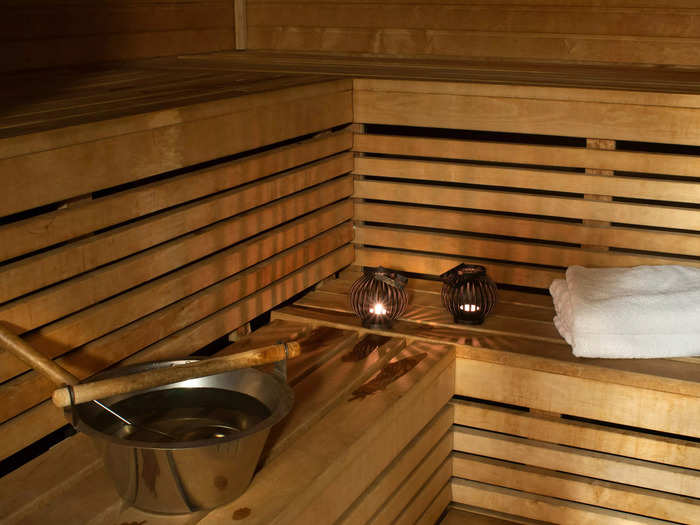
When you think about Finland, saunas are perhaps one of the first cultural components you envision. However, there are differences between how Finns and Americans typically use them.
Aurora, a Finnish TikToker living in Los Angeles, explained in a 2023 video that she was stunned when she saw Americans use a sauna in gym clothes and shoes, and with their electronics. She had entered the sauna wearing only a towel.
In another TikTok, she described the staples of Finnish sauna culture, including being naked, using birch tree leaves to exfoliate, and being very quiet.
She added that it's common for Finnish people to use saunas in the winter, then jump into a pile of snow or go swimming in icy waters.
"I know this is like super popular right now in the wellness world to do sauna and do cold plunge that we have been doing for centuries, and it's the best," she told her followers.
She told Business Insider she hopes Americans can experience saunas the way she does back home because they're "much more relaxing."
Wife carrying is a unique sport that originated in Finland.
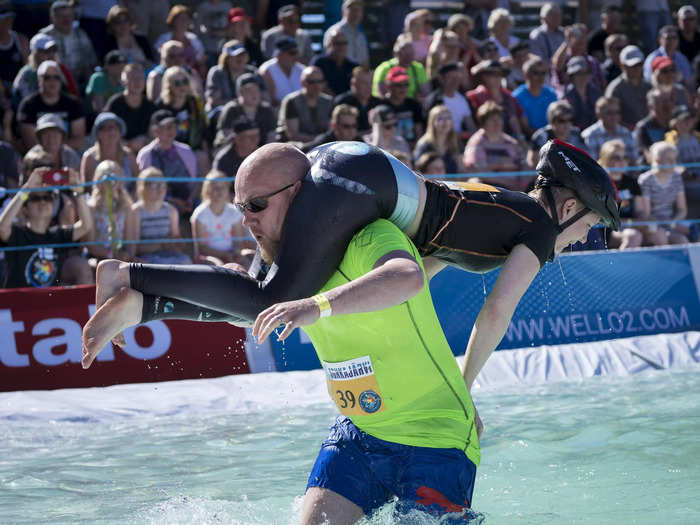
Wife carrying's origins stem from the 19th-century figure Herkko Rosvo-Ronkainen, also known as "Ronkainen the Robber." Although there are different versions of the story, the idea is that Herkko and his men would kidnap women from their homes and carry them on their backs, reported Wife-Carrying.org.
The first modern competition was held in Finland in 1992, and it is now held annually in Sonkajärvi, Finland.
The contest is almost exactly as it sounds: A male must carry his "wife" (marriage isn't a real requirement) while racing through two dry obstacles and one wet obstacle. The "wife" must be at least 18 years old and weigh a minimum of 108 pounds to compete.
In addition to wife carrying, Finns are also known for their interests in other eclectic sports like air guitar playing and rubber boot throwing.
Finns buy most of their alcohol from government-owned liquor stores.
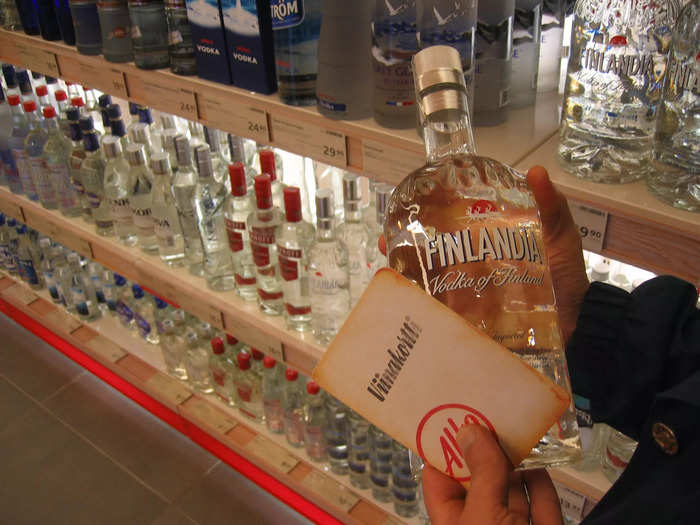
Unlike in the US, Finns can only purchase beverages that have an alcohol content of 5.5 percent and higher from the state-owned liquor store, Alko. The only exceptions to this rule are "microbrewery beers and Finnish farm wines," according to Alko's website.
Alko stores are closed on national holidays like Easter Monday, Midsummer Day, Christmas, and New Year's Day.
Finnish people typically don't interrupt each other's conversations, and they're comfortable with silence.
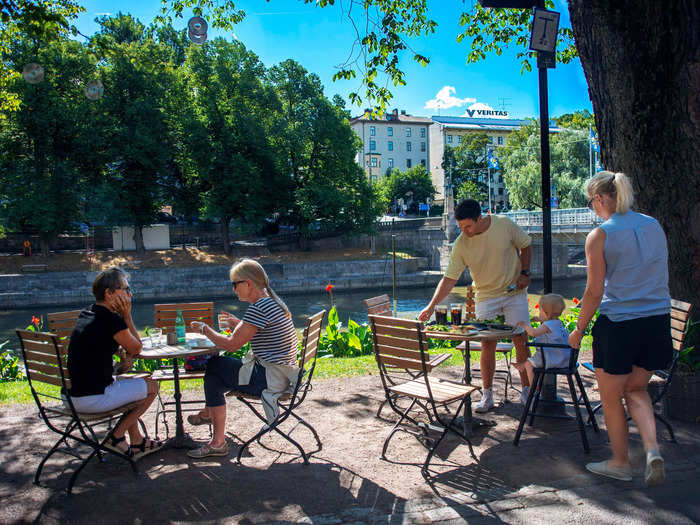
Americans aren't exactly known for being comfortable with silence. Instead, we fill gaps in conversation and often speak over each other during exciting discussions, leading to a reputation for being talkative and loud.
In Finland, however, it's normal to accept silence in conversation, and it's considered rude to interrupt, demonstrating a cultural difference that places more of an emphasis on listening than speaking, reported This is Finland in its "A Guide to Finnish Customs and Manners."
Finland believes incarceration should be about rehabilitation.
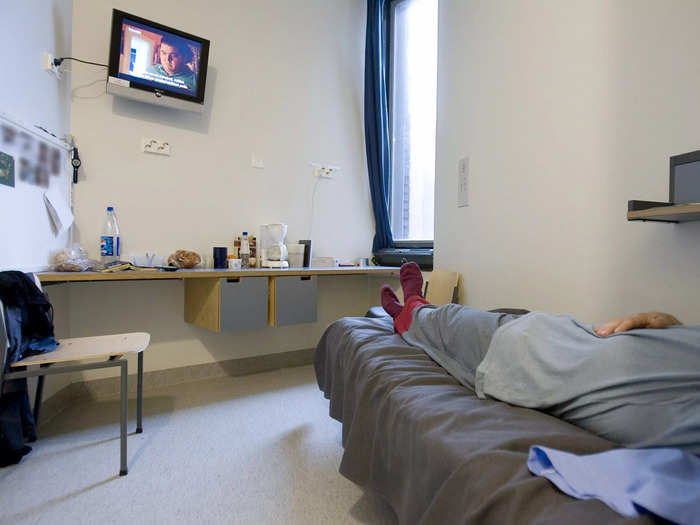
Like many other Nordic and Scandinavian countries, Finland has a progressive criminal justice system.
One hallmark of the system is the open prison. In 2020, Business Insider reported that inmates in open prisons live in dormitories, come and go in their own cars, and have access to education programs.
"And we have this kind of normality principle that prisoners should be treated equally, even though they are prisoners. But they should have access to same services and rights as other citizens," said Pia Puolakka, project manager for Finland's Smart Prison Project.
Open prisons are part of Finland's Criminal Sanctions Agency's strategy to reduce the chances of reoffenses, or recidivism.
According to a 2022 report by the agency, among people released from prison in 2017, 58% committed another offense within the following five years (although the agency noted COVID-19 did impact court proceedings for part of that time). The recidivism rate was 37% in 2017 for prisoners with one previous sentence, down 5 percentage points from 2016, the agency reported.
In the US in 2019, Prison Legal News reported that a 2018 report by the US Department of Justice found that almost 45% of prisoners released in 2005 were arrested again within a year and 83% had been rearrested in nine years. Their findings did not denote how many sentences those with repeat arrests had received.
Finland generally has a much lower incarceration rate than the US, with 51 per 100,000 people incarcerated compared to 531 per 100,000, reported World Prison Brief.
They eat reindeer.
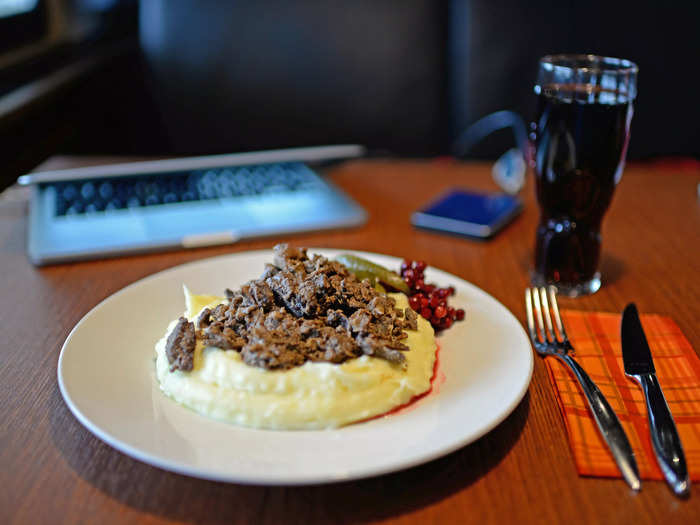
Americans may only think of reindeer when it comes to Rudolph, but in Finland and other Nordic countries, it's a common meat.
Visit Finland reports that reindeer meat is eaten around the country year-round, and is often served with mashed potatoes like in the photo above.
Popular Right Now
Popular Keywords
Advertisement